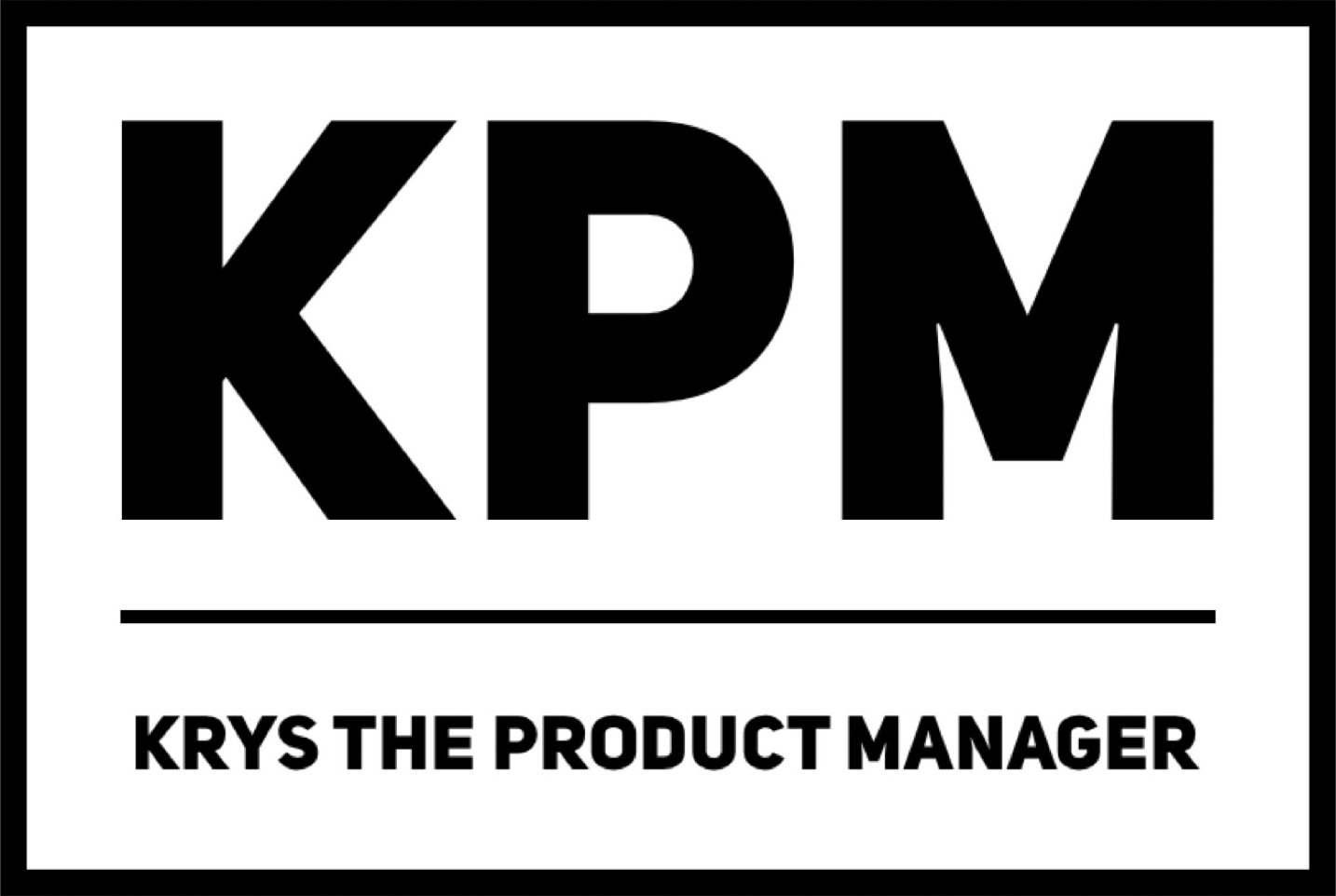Congratulations! You’ve started your journey as a product manager. You’re busy absorbing the company culture, understanding the product, and familiarizing yourself with your new team. However, one critical aspect of your role that needs immediate attention is stakeholder communication.
Effective stakeholder communication is crucial for the success of any project and can be especially challenging for new product managers. This blog post is designed to guide you through this critical aspect of your job.
Understanding Your Stakeholders
Who Are They?
Stakeholders can range from your immediate team members to executives, and even to external parties like clients and investors. In the tech industry, your main stakeholders will often be:
- Developers
- Designers
- Quality Assurance (QA) Teams
- Marketing Teams
- Sales Teams
- Customers
- Executives
What Do They Want?
Each group of stakeholders will have different expectations. Developers might want clarity on feature specifications, while executives might be more interested in the product’s alignment with business objectives.
Tools of the Trade
Email and Messaging Apps
For everyday updates and quick queries, tools like Slack or Microsoft Teams are handy. Email communication is often reserved for more formal updates or when documenting critical decisions.
Project Management Software
Whether you’re using Jira, Asana, or Trello, mastering your company’s project management tool will help you keep everyone on the same page.
Video Conferencing Tools
In an increasingly remote and global environment, tools like Zoom or Microsoft Teams for video conferencing are indispensable for stakeholder meetings.
Techniques for Effective Communication
Be Clear and Concise
Time is often a scarce resource. Get to the point quickly, especially in written communication. Avoid jargon unless you’re sure the stakeholder understands it.
Listen
Communication is not just about transmitting information; it’s also about receiving it. Listen actively to your stakeholders, asking follow-up questions to gain a deeper understanding of their concerns and feedback.
Be Transparent
Transparency builds trust. While you don’t need to share every little detail, stakeholders should be aware of major developments affecting the product or project.
Use Data
Back your statements, recommendations, and decisions with data. This lends credibility to your arguments and can be especially effective when dealing with skeptical or inquisitive stakeholders.
Weekly and Monthly Rituals
Weekly Stand-ups
A common practice in Agile environments, weekly stand-ups can be used to update stakeholders on the progress of different tasks and to flag any roadblocks.
Monthly Stakeholder Meetings
These meetings are more formal and serve as a platform to discuss the product roadmap, key performance indicators (KPIs), and any significant changes in strategy or scope.
Quarterly Reviews
Reserved primarily for upper management and external stakeholders, quarterly reviews offer a detailed analysis of what has been achieved and what the future holds.
Dealing with Difficult Stakeholders
The Skeptic
Some stakeholders, often due to past experiences or the inherent risks associated with the project, might be skeptical. Use data and logic to support your points and show willingness to listen and adapt.
The Micro-manager
While often well-intentioned, their constant need for updates can be draining. Keep them in the loop with regular status reports, so they don’t feel the need to constantly check in.
The Silent Type
They never complain but also never contribute. Engage them directly with questions and encourage them to share their views.
Case Study: Managing a Product Launch
Let’s imagine we’re going through a product (or even a major feature) launch. Here’s how to manage stakeholder communication effectively:
- Pre-launch Briefing: Organize a meeting to outline the launch strategy, marketing plans, and post-launch KPIs.
- Launch Day: Send real-time updates through Slack or a similar platform. Keep a line open for troubleshooting.
- Post-launch Debrief: After the launch, send a comprehensive report analyzing its success or failures, lessons learned, and next steps.
- Ongoing Updates: Schedule bi-weekly meetings for the first couple of months post-launch to keep stakeholders updated on product performance and customer feedback.
Conclusion
As a new or early-career product manager, you might find stakeholder communication daunting. However, mastering this skill is crucial for your career progression and overall product success. So whether it’s through weekly meetings, effective use of digital tools, or just good old-fashioned email updates, make sure to keep those communication lines open and clear.
Remember, at the core of stakeholder communication is the relationship you build. Maintain professionalism, exhibit empathy, and show genuine interest in your stakeholder’s concerns, and you’ll find navigating the complexities of stakeholder relationships much more manageable.
